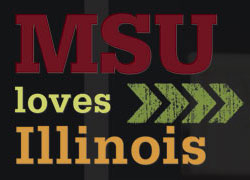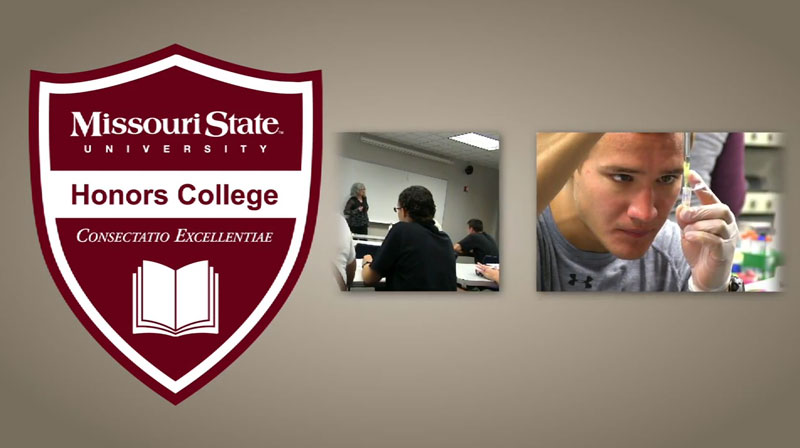The University recently purchased and initiated a new Facebook app through Uversity called the Schools App. We have branded our app the MSU New Student Community. The app is a private social network for admitted students that lives on Facebook and is accessible via the desktop or a mobile device. This app is administered through admissions, with assistance from web and new media.
 Goals
Goals
There are three main goals for the University though the use of this Facebook app:
- Build community among prospective students
- Ease transition from high school to college
- Improve enrollment
How it works
When prospective students are admitted to the University, they are invited to join the app through an email, as well as in writing with their admit letter. The office of admissions is able to send follow-up invitations at any time. Additional printed materials are also currently in development that will be included in admitted students’ packet of information they receive once they are admitted, as well as signage to use at admission events such as Showcase.
Once students sign up for the app they can log in at any time to connect with their peers, ask questions of each other or student affairs staff, and learn more about the University including student organizations, housing information, and other key events.
Impact on enrollment
Since the app has only been live for the spring semester, it is too early to know any concrete results. At the time of this writing, over 1,700 admitted students had joined the app, and we have seen multiple positive comments and interactions among the students in the app.







